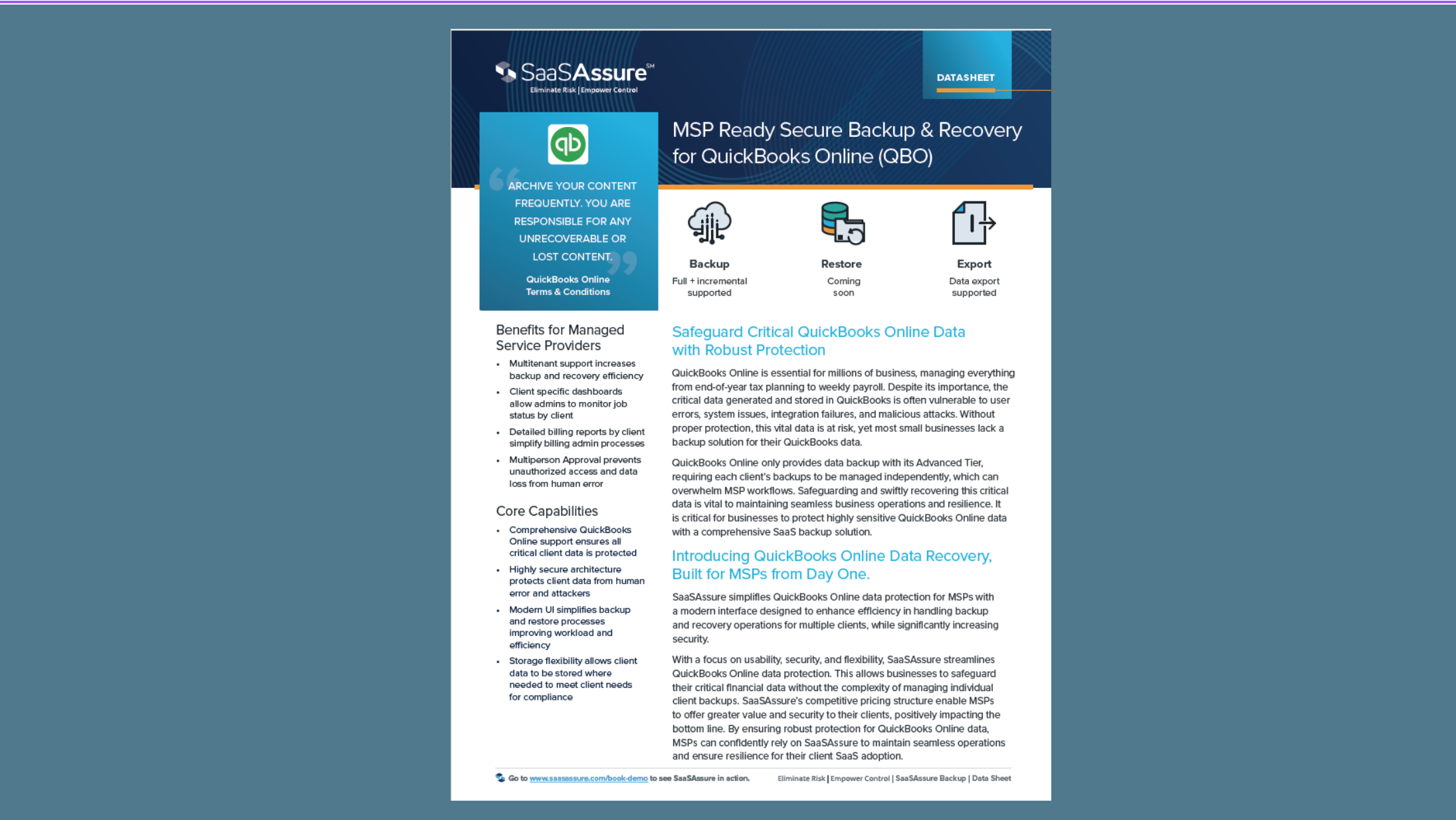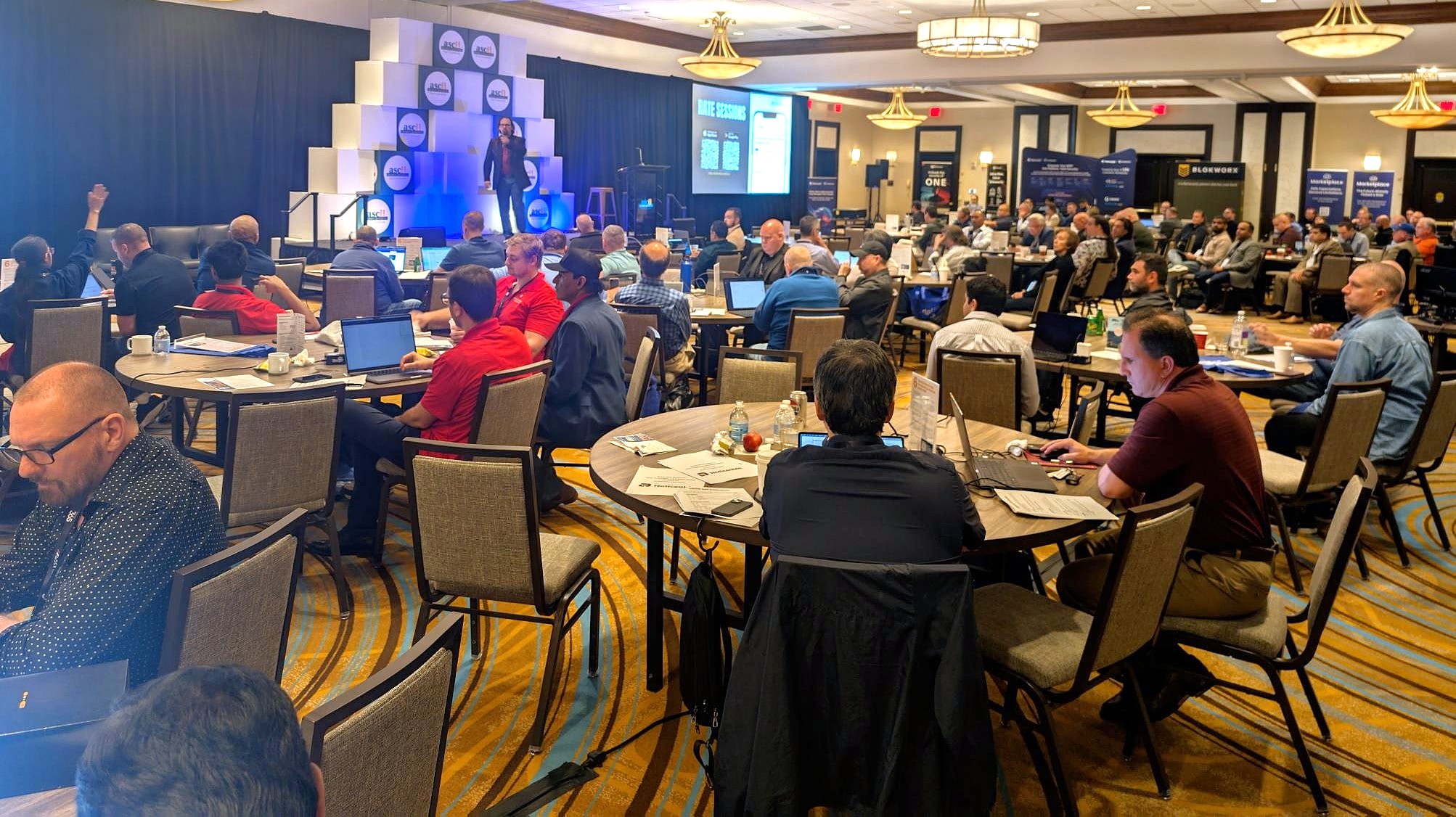Secure Traffic Into, Out of and Through Azure Virtual WAN with Fortinet
Companies are increasingly looking to utilize Azure Virtual WAN as a global transit network architecture, providing seamless connectivity between endpoints. While Microsoft has long provided secure access to the Virtual WAN Hub, until now, it has been difficult to provide the same security policies with the same security tools within Azure Virtual WAN and across clouds and data centers. The integration of FortiGate-VM and Fortinet Secure SD-WAN into Azure Virtual WAN empowers organizations to achieve their desired digital innovation outcomes in the cloud while reducing complexity. Specifically, this integration enables IT and security professionals to easily configure networking and security in Microsoft Azure and delivers the following benefits:
- Advanced Security for Virtual WAN Traffic: FortiGate-VM allows security policies to extend to traffic within the Azure Virtual WAN hub to enable better, more secure application experiences for users and branch offices by supporting encrypted data transports, granular segmentation and application-layer protection against advanced threats, and seamless overlay network with uniform policies across multi-clouds.
- One-Click Deployment: Azure Virtual WAN integration provides one-click deployment and easy scalability for FortiGate-VM in Azure. With this integration, customers can select, configure and deploy FortiGate virtual machines directly from the Azure Marketplace or from within the Azure Virtual WAN interface, allowing security to be part of the workflow for setting up a Virtual WAN in Azure.
- Securely Interconnect Applications and Workloads Across Clouds: Azure Virtual WAN provides a global network transit backbone for branch-to-branch connectivity readily interconnecting regions together. Customers looking to deploy hybrid and multi-cloud networks that include Azure can now easily and securely interconnect applications and workloads, further extending the benefits of the Fortinet Security Fabric and Fortinet Secure SD-WAN across their entire infrastructure to enable consistent policies and centralized visibility. This simplifies security management, enables global visibility into security events and policies, and improves quality of experience (QoE) for users and customers.
Earlier this month, Fortinet and Microsoft also announced the availability of FortiGate-VM integration with Azure gateway load-balancer, which enables customers to deliver superior experiences for applications and workloads running in Azure.
Secure Any Application on Any Cloud
FortiGate-VM is one piece of the Fortinet Adaptive Cloud Security portfolio of products, services, and industry-leading threat intelligence built to empower customers to secure any application on any cloud. With flexible deployment options, broad integration, and centralized management and visibility, Security and DevOps teams are able to close cloud security gaps while alleviating security management burdens and supporting the rapid release of innovation. Leveraging the broad, integrated, and automated nature of the Fortinet Security Fabric, the industry’s highest-performing cybersecurity mesh platform, organizations gain consistent security posture, visibility, and enforcement through uniform security management across multi-cloud and hybrid environments.
Supporting Quotes
“We’re pleased to provide customers with new options for securing network traffic into, between and within cloud deployments thanks to the integration of Fortinet’s FortiGate-VM with Microsoft Azure Virtual WAN.”
– Erin Chapple, Corporate Vice President, Azure Core Products and Design, Microsoft
Additional Resources
- Read our blog for more information on FortiGate-VM integration with Microsoft Azure Virtual WAN.
- Watch how Fortinet makes possible a digital world you can always trust, and view how the Fortinet Security Fabric platform delivers broad, integrated, and automated protection across an organization’s entire digital infrastructure.
- Read more about how Fortinet customers are securing their organizations.
- Learn more about Fortinet’s free cybersecurity training, an initiative of Fortinet’s Training Advancement Agenda (TAA), or about the Fortinet Network Security Expert program, Security Academy program, and Veterans program.
- Learn more about FortiGuard Labs threat intelligence and research or Outbreak Alerts, which provide timely steps to mitigate breaking cybersecurity attacks. Read more about Fortinet’s FortiGuard security services portfolio.
- Engage in the Fortinet User Community (Fuse). Share ideas and feedback, learn more about our products and technology, and connect with peers.
- Follow Fortinet on Twitter, LinkedIn, Facebook, and Instagram. Subscribe to Fortinet on YouTube.
About Fortinet
Fortinet (NASDAQ: FTNT) makes possible a digital world that we can always trust through its mission to protect people, devices, and data everywhere. This is why the world’s largest enterprises, service providers, and government organizations choose Fortinet to securely accelerate their digital journey. The Fortinet Security Fabric platform delivers broad, integrated, and automated protections across the entire digital attack surface, securing critical devices, data, applications, and connections from the data center to the cloud to the home office. Ranking #1 in the most security appliances shipped worldwide, more than 550,000 customers trust Fortinet to protect their businesses. And the Fortinet NSE Training Institute, an initiative of Fortinet’s Training Advancement Agenda (TAA), provides one of the largest and broadest training programs in the industry to make cyber training and new career opportunities available to everyone. Learn more at https://www.fortinet.com, the Fortinet Blog, or FortiGuard Labs.
Copyright © 2021 Fortinet, Inc. All rights reserved. The symbols ® and denote respectively federally registered trademarks and common law trademarks of Fortinet, Inc., its subsidiaries and affiliates. Fortinet’s trademarks include, but are not limited to, the following: Fortinet, FortiGate, FortiGuard, FortiCare, FortiManager, FortiAnalyzer, FortiOS, FortiADC, FortiAP, FortiAppMonitor, FortiASIC, FortiAuthenticator, FortiBridge, FortiCache, FortiCamera, FortiCASB, FortiClient, FortiCloud, FortiConnect, FortiController, FortiConverter, FortiDB, FortiDDoS, FortiExplorer, FortiExtender, FortiFone, FortiCarrier, FortiHypervisor, FortiIsolator, FortiMail, FortiMonitor, FortiNAC, FortiPlanner, FortiPortal, FortiPresence , FortiProxy, FortiRecorder, FortiSandbox, FortiSIEM, FortiSwitch, FortiTester, FortiToken, FortiVoice, FortiWAN, FortiWeb, FortiWiFi, FortiWLC, FortiWLCOS and FortiWLM.
Other trademarks belong to their respective owners. Fortinet has not independently verified statements or certifications herein attributed to third parties and Fortinet does not independently endorse such statements. Notwithstanding anything to the contrary herein, nothing herein constitutes a warranty, guarantee, contract, binding specification or other binding commitment by Fortinet or any indication of intent related to a binding commitment, and performance and other specification information herein may be unique to certain environments. This news release may contain forward-looking statements that involve uncertainties and assumptions, such as statements regarding technology releases among others. Changes of circumstances, product release delays, or other risks as stated in our filings with the Securities and Exchange Commission, located at www.sec.gov, may cause results to differ materially from those expressed or implied in this press release. If the uncertainties materialize or the assumptions prove incorrect, results may differ materially from those expressed or implied by such forward-looking statements and assumptions. All statements other than statements of historical fact are statements that could be deemed forward-looking statements. Fortinet assumes no obligation to update any forward-looking statements, and expressly disclaims any obligation to update these forward-looking statements.














